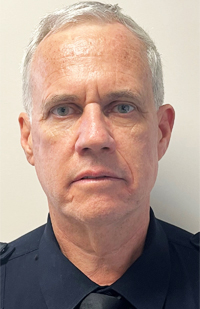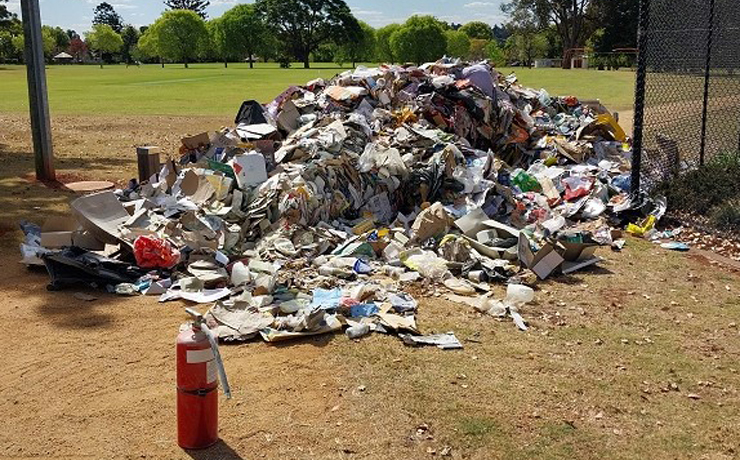November 27, 2023
Fire investigators have confirmed a blaze which destroyed a shed in South Nanango on Friday morning was accidental.
A QFES spokesperson said investigators had confirmed the fire was sparked by lithium-ion batteries which had been charging.
Emergency services were called to the incident, in Hamilton Road, about 6:15am.
* * *

Superintendent Mark Halvorsen, executive manager of the State Fire Safety Section at QFES, said he could not comment on the specifics of the Nanango fire but could offer some general information about lithium-ion battery fires which could help to prevent future incidents.
“QFES has been seeing an increasing trend in the number of fires related to lithium-ion battery devices and tools, ” Supt Halvorsen said.
“The majority of these fires could be prevented, and many people are unaware of the dangers.
“One of the major causes is people using incompatible charging equipment with the device or tool they are charging.”
Supt Halvorsen urged people to be especially aware if they were buying secondhand equipment as there was no guarantee the charger or battery they were buying was the one that originally came with the device.
And devices and batteries should never be tampered with.
“QFES has seen recent instances where people have undertaken home modifications to the lithium-ion battery pack which powers their devices,” he said.
However, Supt Halvorsen emphasised that if a lithium-ion battery-powered device was a quality product, bought from a reputable dealer, and the owner followed the manufacturer’s instructions, the risk of fire was minimal.
“But the risk is greatly increased if the device was bought secondhand or bought online as the buyer may be unaware where the product originated, or unsure if it has already been modified,” he said.
Supt Halvorsen said the four main causes of fires linked to lithium-ion batteries were:
- Charging issues – Avoid charging indoors if possible; always provide oversight while charging; disconnect the battery from the charger as soon as it is full; don’t charge items overnight while asleep; for smaller items such as mobile phones or laptops, don’t charge on beds or lounge chairs
- Mechanical issues – Damage to the case of the battery pack, especially through compressing or compacting (this is why lithium-ion batteries should never be disposed of in household wheelie or recycling bins)
- Environmental or external issues – Exposure to excessive heat or moisture, ie. don’t charge in direct sunlight, excessively hot areas, or where the device could be rained upon
- Quality of the manufacturing process – Products which are not manufactured to the standard that they should be; quality products have a properly fitted battery management system which will shut the charging down once the battery is recharged
Supt Halvorsen said riders of e-scooters should also let their batteries cool after use, before putting them back on charge.
He also warned residents against attempting to extinguish lithium-ion batteries by themselves, urging them to always ring Triple 0.
“There is a high likelihood of reignition. This can occur minutes, hours or even days after the initial fire,” he said.
And he warned that lithium-ion battery fires can give off a toxic (and invisible) vapour cloud which can be harmful to health.
- External link: Lithium-ion Battery Safety
























